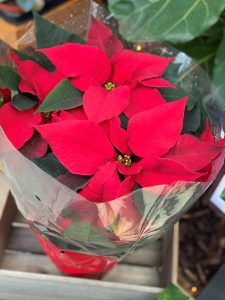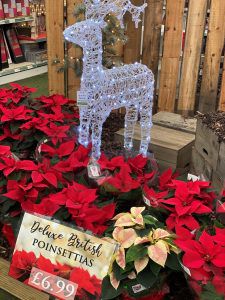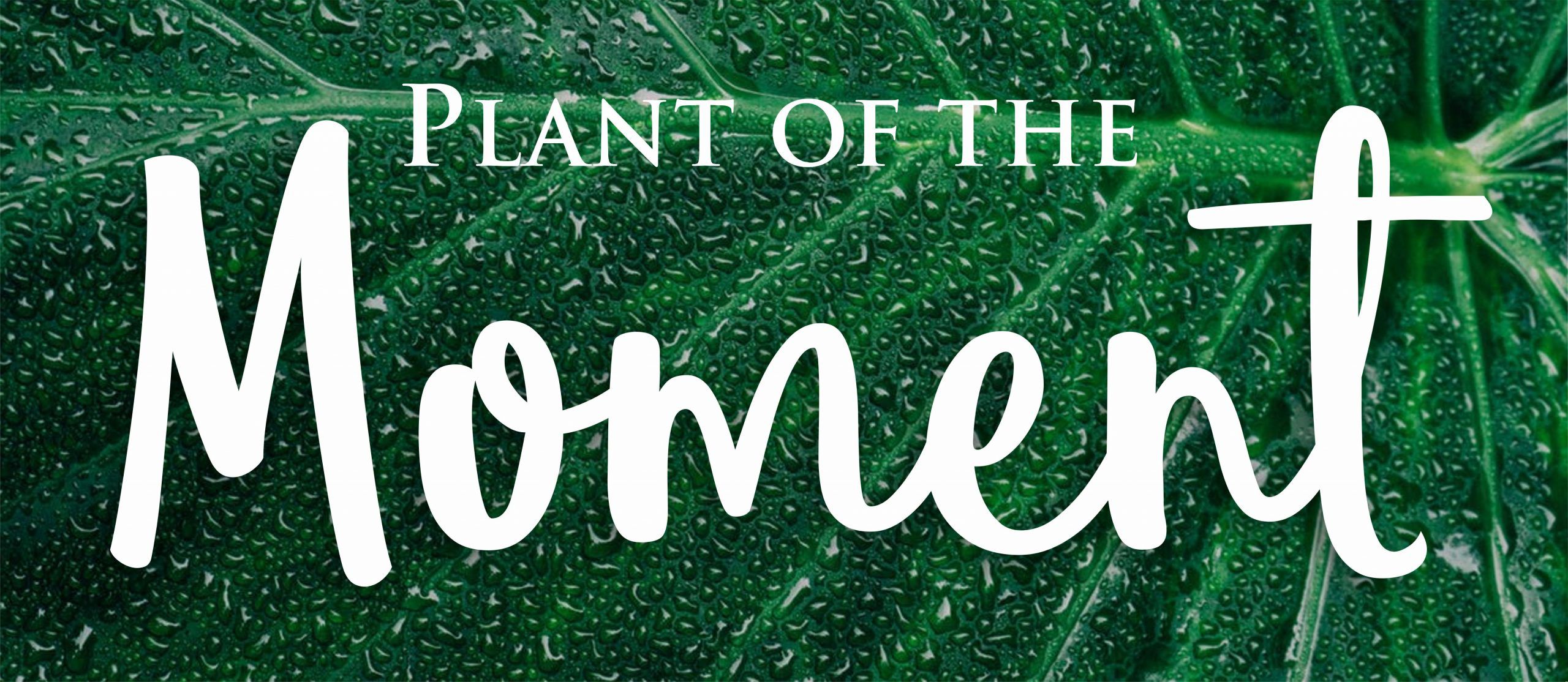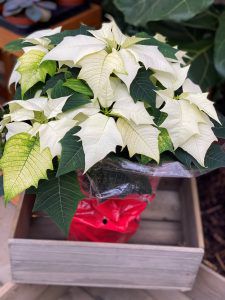Deluxe British Poinsettias Now In Store
A healthy poinsettia plant will have intact bracts. If the little yellow buds between the coloured bracts – the actual flowers – still look tight then you’ll know that the quality of the poinsettia plant is good.

Positioning your Poinsettia
Poinsettias need warmth and light. It can be kept close to a radiator but it must be kept away from draughts (that means no fireplaces, open doorways, or open windows. Try to place poinsettias in a sheltered spot.
Watering a poinsettia plant
Poinsettias don’t like a lot of water. Always remember that the plant’s root bale should neither dry out nor be drenched. Overwatering can quickly lead to waterlogging, which in turn causes root rot and leaves and kill the plant.
You should get into habit of inspecting its leaves. If they’re turning yellow or falling off, you’re probably not watering it right.
You should water your poinsettia plant when the soil is noticeably dry. This could be every day in the case of a plant near a radiator in a dry room, or only every second or third day in other spots. How to check? Carefully lift up the plant; If it feels light, it’s time to water.

Also on the Gordon Rigg Social Club...
Read More This weeks favourite plant: Helleborus
This weeks favourite plant: Helleborus These beautiful winter flowers, bloom from December to mid Spring. A hardy evergreen perennial returning year after year, perfect for…
Read MoreRead More House Plant Appreciation Day
Happy Houseplant Appreciation Day! Today is all about reminding us of the amazing benefits of keeping houseplants, and bringing the wonders of the outdoors, inside…
Read MoreRead More Rare Houseplants
Rare Houseplants • Sungonium, Pink Splash- (requires bright indirect light, water when the top inch or two of soil are dry, they also love humidity.)…
Read MoreRead More Hellebores – Plant of the moment.
Hellebores Hellebores are a great winter plant that are very easy to look after. Many are evergreen and some have attractive silver or marbled leaves Plant…
Read More




